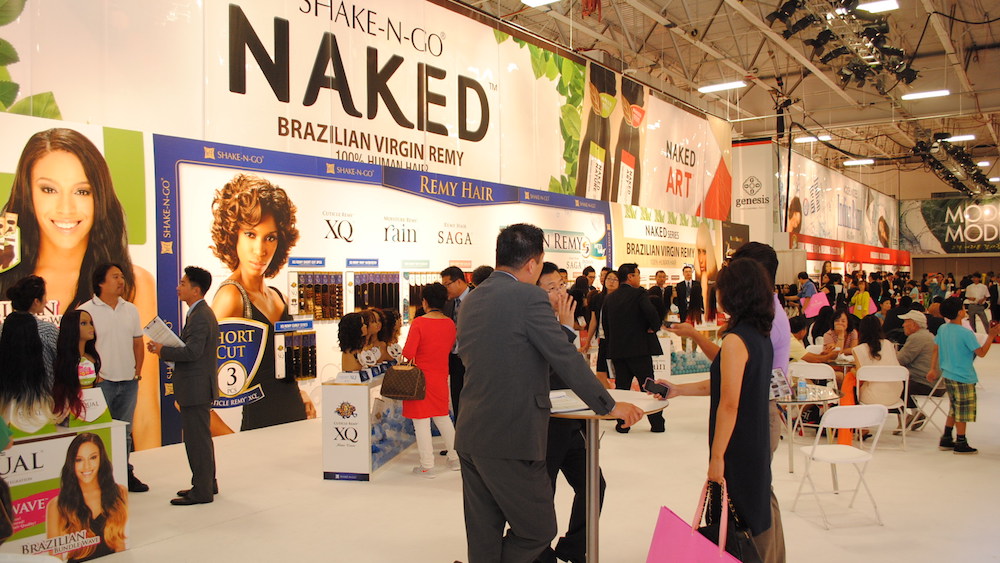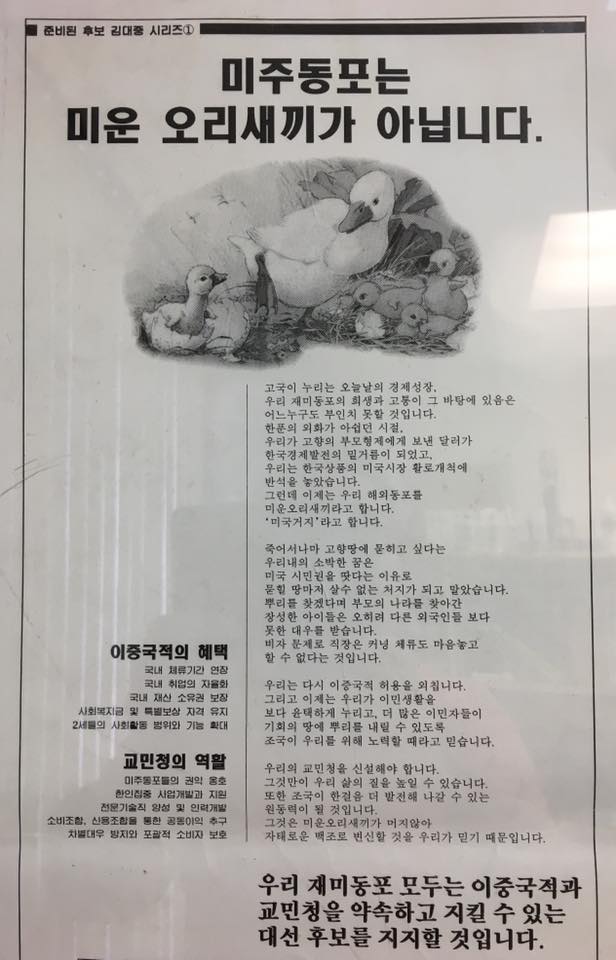Policy Centered on Business Associations (Part 2)

When the idea of an Overseas Koreans Agency was first conceived, the most important consideration was a sustainable operating structure. With limited budgets, it was simply unrealistic to support thousands of Korean organizations around the world. For example, in 1997 alone, the Washington, D.C. area had more than 80 Korean groups. Dividing the available resources among them meant that each group would receive only $100–3,000, which was hardly meaningful support.
The solution envisioned was a structure centered on business associations. These associations would generate revenue and, in turn, use that revenue to support local Korean community organizations.

Industry-Specific Examples
1. Dry Cleaners Association Model
In the late 1990s, the dry-cleaning industry in the U.S. was dominated by Korean Americans. However, the chemicals used were monopolized by a particular ethnic group, forcing Koreans to purchase them at high prices. The Overseas Koreans Agency proposed that Korean research institutions develop alternative chemicals, with ownership rights granted to the Dry Cleaners Association. The association could then outsource OEM production to Korean SMEs and supply members at lower costs, generating profits while reducing dependency.
2. Beauty Supply Association Model
In 1997, the beauty supply industry handled 10,000–20,000 products. Studies showed that stable product lines could be produced under an association-owned brand through OEM manufacturing, creating a highly profitable structure. Korean wholesale distributors already had nationwide distribution networks in place, meaning this model was highly feasible.
Business Associations as Engines, the Agency as a Starter Motor
This framework was designed to reduce the financial burden on the agency while channeling real momentum through business associations. Such a partnership would foster self-sustaining and resilient Korean communities abroad. The agency’s role would be to monitor and prevent abuses, while also supporting and cooperating with associations—positioning itself not merely as a sponsor, but as a strategic institution coordinating and strengthening the global overseas Korean ecosystem.
Identity Preservation and Expansion through Public Diplomacy
History shows that after the first immigrant generation, cohesion tends to weaken and ethnic identity often fades, as seen with Koryo-saram in Central Asia and descendants of Koreans in Cuba. The real strategy for preserving identity is not just cultural education, but creating structures that provide tangible benefits in daily life.
Former U.S. Secretary of Defense William Perry once shared in his memoir that his affection for Korea came from his adopted Korean granddaughter. This illustrates a broader truth: Korean adoptees, multiracial Koreans, and their extended families—including grandparents, aunts, uncles, and cousins—are also part of this shared community. In the U.S. alone, this “extended Korean affinity network” numbers more than 20 million people. All of them represent potential public diplomacy assets and national resources.
In 1885, the first wave of Korean immigrants who arrived via San Francisco labored in Hawaiian sugarcane fields, Mexico’s Yucatán, and Cuba’s plantations. They worked double shifts and used their earnings to purchase government bonds for Korea’s Provisional Government, raising $300,000—a fortune equivalent to the value of several cities today. Their sacrifices remind us of the immense contributions overseas Koreans have already made to the nation’s survival and prosperity.
A Strategic Role for the Overseas Koreans Agency
Given this historical legacy, public diplomacy value, and potential for economic self-reliance, the Overseas Koreans Agency must not remain a mere administrative office. Instead, it should serve as the starter motor for the global overseas Korean network, advancing sustainable strategies and actionable roadmaps to support the growth of Korean communities worldwide.
I am profoundly grateful to leaders who have joined in this effort. Starting with President Sang-kyu Na of the Korean American Beauty Supply Association, followed by esteemed leaders across industries, including Dr. Chun-jae Park of the Global Taekwondo Heritage Foundation and regional Kukkiwon directors in the U.S., as well as Chairman Byung-gu Hwang of the Federation of Korean American Chambers of Commerce. Their commitment has revived the original vision of a business-centered overseas Korean policy, and for that, I bow my head in gratitude.
